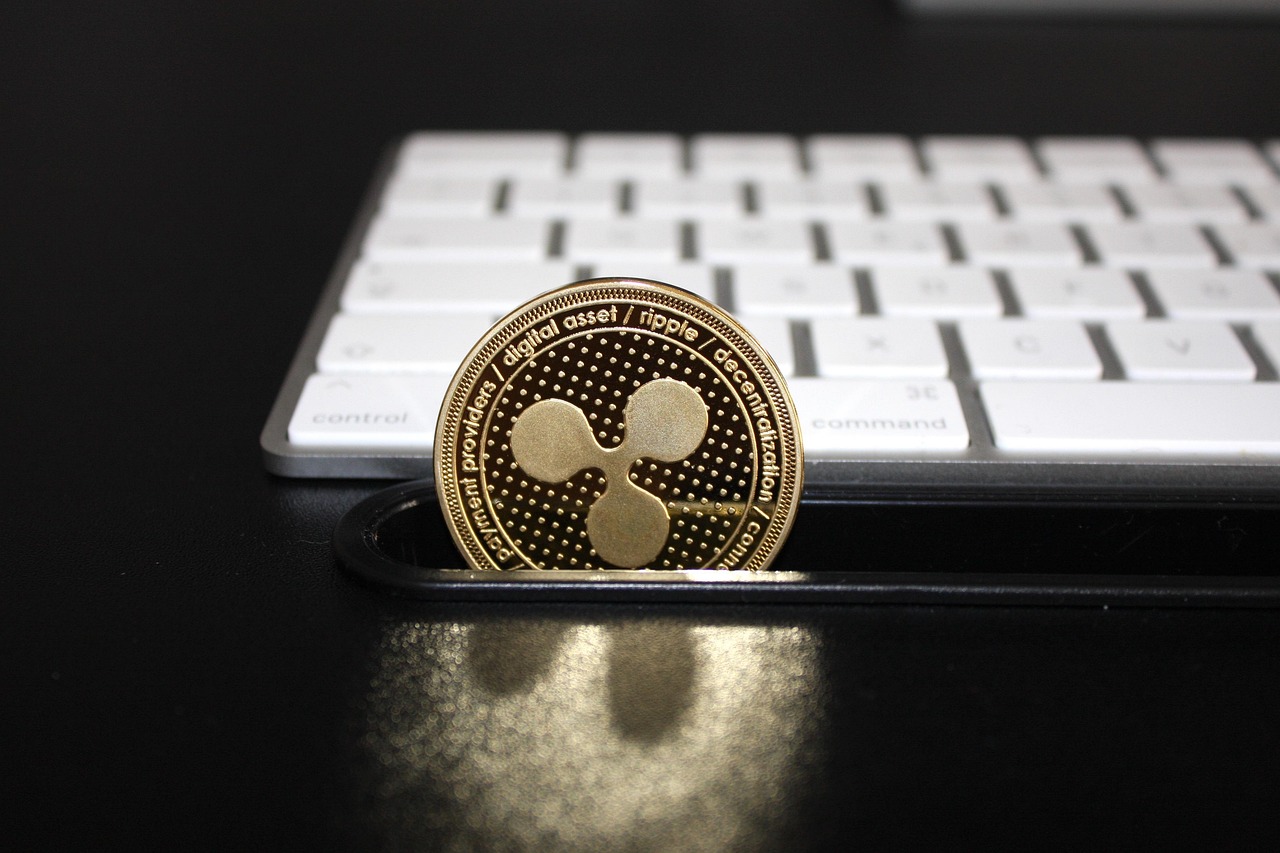Business
Which investments are safe havens during volatile markets
The recent Coronavirus pandemic caused a drop in the DJIA of 37% in just one month, enough to invoke long forgotten memories of fear in investors. Many investors shun cash, claiming it’s the ultimate asset to do nothing. They would be correct, it is an asset, and that can’t be overlooked. Cash or cash equivalents would include Checking, Savings, and Money Market accounts.

False confidence is often a result of abnormally pleasant times. This trait can come about through either ignorance of potential threats, or the belief that an excellent knowledge or strategy has been self-discovered. There is no better example of this than the longest bull market in history, 2009-2020.
The public, especially investors in or nearing retirement, certainly remember the fear of watching wealth vanish in the 2008 financial crisis… but then we forget. The Dow Jones Industrial Average (DJIA) hit 14,164 on October 9, 2007. As the subprime mortgage debacle unfolded, the DJIA bottomed out at 6,547 on March 9, 2009. That would equal a loss of approximately 53%. Some investors locked in those devastating losses by selling out of equities and moving into “safe havens”. Others stayed the course and reaped the benefits by watching their SP500 Index portfolio more than quadruple by 2020, either through luck of ignorance or pure genius. Sometimes the two qualities are so indistinguishable they can only be determined by the storyteller.
The recent Coronavirus pandemic caused a drop in the DJIA of 37% in just one month, enough to invoke long-forgotten memories of fear in investors. Times like these beg the question, what is a “safe haven”. This article won’t address how, when, and where to use them, but simply if they exist and if so, what they are. The critic will surely rebuttal, think about inflation, taxes, lost opportunity costs versus equities, etc. claiming the “safe haven” still possesses “risk”. That’s a valid point, so here is a breakdown focusing solely on the preservation of capital for the retail investor without such influencing factors.
Cash
Many investors shun cash, claiming it’s the ultimate asset to do nothing. They would be correct, it is an asset, and that can’t be overlooked. Cash or cash equivalents would include Checking, Savings, and Money Market accounts. The national average bank interest rate today on a Checking account is 0.06%, for a Savings 0.09%, and for a Money Market 0.16%. Some might consider that a waste, merely enough to buy a stick of gum at the end of the year. It is true that 0.06% is very close to zero, but that is still 37% better than what happened to many investors earlier this year, and enough to make it the best performing asset class in all of 2018. Such accounts at FDIC insured banks are also protected up to $250,000 in the event of a bank failure.
Tips
We’re not talking about advice or bartenders here; these are Treasury Inflation Protected Securities. They are a type of Treasury issued by the US government in which the principal rises in relation to inflation, the CPI (Consumer Price Index). TIPS are issued with maturities of five, ten, and 30 years with as little as $100. At maturity, the investor can not receive less than his/her principal, this protects against a deflationary environment during the investment. However, if the investor sells before maturity, they can receive less than their investment.
Certificate of deposit
As interest rates have tanked, CD’s lately have jokingly been called “Certificates of Disappointment”. The national average today for a 1-year CD is 0.45% and for a 5-year CD 0.67%. These instruments can also be FDIC protected.
Bonds
Credit rating agencies like Standard and Poor’s or Moody’s rate debt with letters. Bonds with a rating between “AAA-BBB” are considered investment grade. Currently, the US Corporate AAA Effective Yield is 1.85%. Anything rated below BBB would be considered high-yield, or junk, synonymous terms that often mislead average investors. The rating speaks to the likelihood of a company defaulting on that debt. Bonds receive interest and a promise from the issuer to repay principal upon maturity, they are also senior to stocks in liquidation. As prevailing interest rates rise, bond prices fall, hence the classis seesaw analogy. This interest rate risk is present to someone who might sell their bond prematurely. Treasuries are not issued a credit rating and are considered the safest form of debt, being backed by the US government.
Fixed Annuities
A fixed annuity is an insurance contract backed by the issuing insurance and annuity company, that promises a rate of interest and return of principal upon maturity, similar to a CD. There is typically a minimum guaranteed interest rate, although the interest rate received can be higher during the life of the annuity. The highest rate today for an A-rated carrier on a 5-year Fixed Annuity is 2.55%. The annuity does offer tax deferral, a possible added benefit on Non-Qualified money. Annuities do carry a Surrender Period, in which early withdrawals can be subject to penalty.
Gold
Everyone has seen plenty of commercials touting gold’s ability to hedge against the Armageddon scenarios they often illustrate. However, an investor need only look at any chart on the historical price of gold to realize its incredible volatility. While there is some evidence that gold acts differently than the stock market, and often rises during periods of instability, it has not been shown as a sound hedge against inflation or currency risk and remains speculative. The current price of gold is $1,673 per ounce.
Whole life insurance
Many people do not consider life insurance as a “safe haven”, merely observing the death benefit for heirs, but owners of Whole Life can recognize their cash values doing just that. Premiums paid can be a great form of reducing risk as cash values grow tax-deferred at a guaranteed interest rate plus the opportunity for dividends. Traditionally cash values should not be accessed in the policy’s early years, but this product may offer long-term wealth accumulation uncorrelated to the stock market.
These are just a few of the “safe havens” investors may consider incorporating in an efficiently diversified financial plan, knowing that bull markets don’t last forever, and bear markets do happen.
—
(Featured image by Steve Buissinne via Pixabay)
DISCLAIMER: This article was written by a third party contributor and does not reflect the opinion of Born2Invest, its management, staff or its associates. Please review our disclaimer for more information.
This article may include forward-looking statements. These forward-looking statements generally are identified by the words “believe,” “project,” “estimate,” “become,” “plan,” “will,” and similar expressions. These forward-looking statements involve known and unknown risks as well as uncertainties, including those discussed in the following cautionary statements and elsewhere in this article and on this site. Although the Company may believe that its expectations are based on reasonable assumptions, the actual results that the Company may achieve may differ materially from any forward-looking statements, which reflect the opinions of the management of the Company only as of the date hereof. Additionally, please make sure to read these important disclosures.

-

 Cannabis2 weeks ago
Cannabis2 weeks agoTrump Signals Historic Shift: U.S. Weighs Reclassifying Cannabis from Schedule I to III
-

 Crypto1 week ago
Crypto1 week agoHyperliquid Proposes Burning $1B in HYPE to Make Supply Deflationary
-

 Crypto4 days ago
Crypto4 days agoRipple in 2025: Legal Victory, RLUSD Growth, and XRP’s Uncertain Future
-

 Crypto2 weeks ago
Crypto2 weeks agoCrypto Markets Slide as Bitcoin Breaks $90K, Year-End Pessimism Grows

























